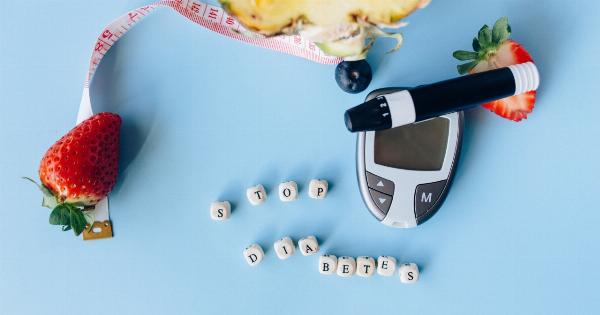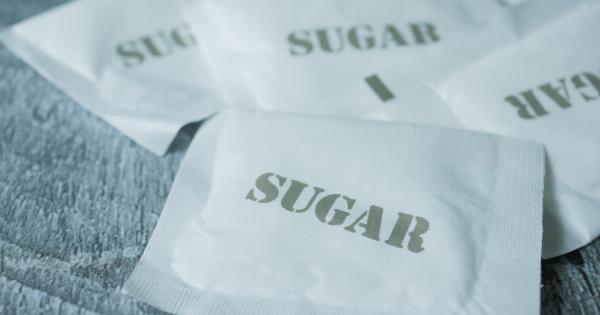Anemia is a common condition characterized by a decrease in the number of red blood cells or lower levels of hemoglobin in the blood. People with mild to moderate anemia may not experience any symptoms, but severe anemia can be life-threatening.
In this article, we will discuss the silent danger of anemia and 7 signs to watch out for.
What is Anemia?
Anemia is a condition that occurs when there are not enough red blood cells or when the red blood cells do not contain enough hemoglobin to carry oxygen throughout the body.
Oxygen is essential for the functioning of cells and tissues, so when there is a lack of oxygen, it can cause a range of symptoms.
Anemia can be caused by a variety of factors, including a lack of iron, vitamin B12, or folic acid, and blood loss due to injury or menstruation. Chronic diseases such as kidney disease, cancer, and HIV can also contribute to anemia.
Signs and Symptoms
As mentioned earlier, mild anemia may not cause any symptoms, but as it becomes more severe, certain signs and symptoms may appear. Here are 7 signs to watch out for:.
1. Fatigue and Weakness
Feeling fatigued and weak is one of the most common signs of anemia. When there is not enough oxygen being carried throughout the body, it can cause fatigue and weakness. This symptom may be more pronounced after physical activity or exercise.
2. Shortness of Breath
If you are experiencing shortness of breath or difficulty breathing, especially when performing physical activities that previously did not cause any issues, it could be a sign of anemia.
This occurs because there is not enough oxygen being carried to the lungs and other parts of the body.
3. Dizziness and Headaches
Another sign of anemia is dizziness and headaches, which are the result of not having enough oxygen in the blood.
If you are feeling lightheaded or have a headache, especially when standing up or sitting down, you should speak with your healthcare provider to rule out any underlying causes.
4. Pale Skin
Low levels of hemoglobin can cause the skin to appear pale. You may notice that your skin, lips, and nails appear less pink and more pale. This is because there is not enough oxygen being delivered to the blood vessels in the skin.
5. Irregular Heartbeat
When there is not enough oxygen in the blood, the heart has to work harder to pump more blood around the body. This can cause an irregular heartbeat, particularly when participating in physical activities.
If you experience an irregular heartbeat, it is important to speak with your healthcare provider to rule out any underlying issues.
6. Cold Hands and Feet
Another sign of anemia is cold hands and feet, which is the result of poor circulation due to a lack of oxygen in the blood. If you have cold hands and feet even when the temperature is warm, it could be a sign of anemia.
7. Brittle Nails and Hair Loss
Anemia can also cause changes in the appearance of nails and hair. You may notice that your nails are brittle and break easily or that your hair is thinning and falling out.
This is because the body is diverting its resources to more essential functions, causing changes in nails and hair.
Treatment
If you suspect that you have anemia, it is important to speak with your healthcare provider. The treatment for anemia will depend on the underlying cause.
For example, if anemia is caused by a lack of iron, your healthcare provider may recommend supplements or dietary changes to increase your iron levels.
In more severe cases of anemia, blood transfusions may be necessary to increase the number of red blood cells in the body. Blood transfusions can be life-saving for people with severe anemia.
Prevention
There are several things that you can do to prevent anemia, including:.
- Eating a healthy diet rich in iron, vitamin B12, and folate
- Taking iron supplements if advised by your healthcare provider
- Managing chronic health conditions such as kidney disease or cancer that can contribute to anemia
- Having regular check-ups with your healthcare provider to monitor your overall health and well-being
Conclusion
Anemia is a common condition that can have serious health consequences if left untreated. If you are experiencing any of the signs or symptoms mentioned in this article, it is important to speak with your healthcare provider.
Anemia can be managed and treated with the right interventions, but early detection is key.





























